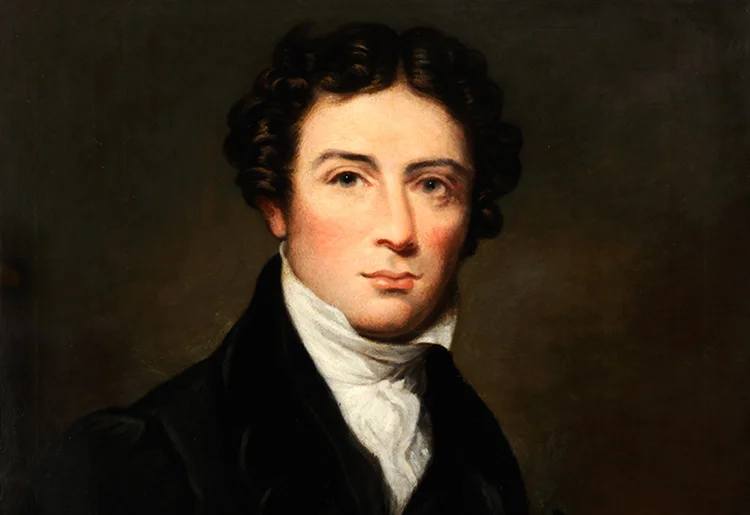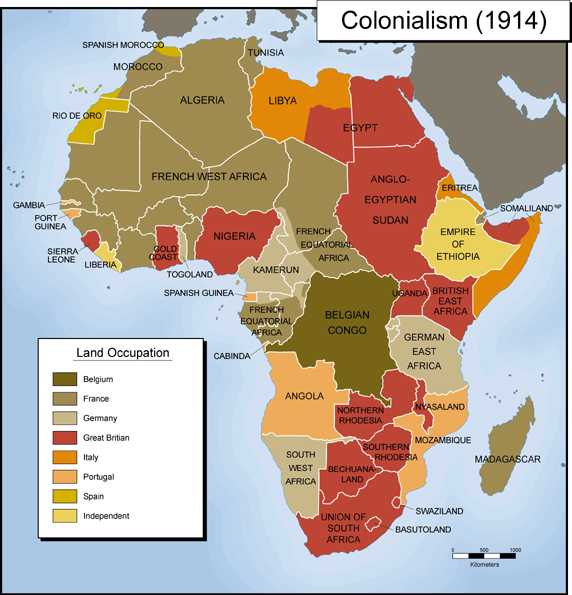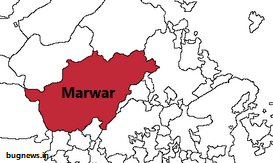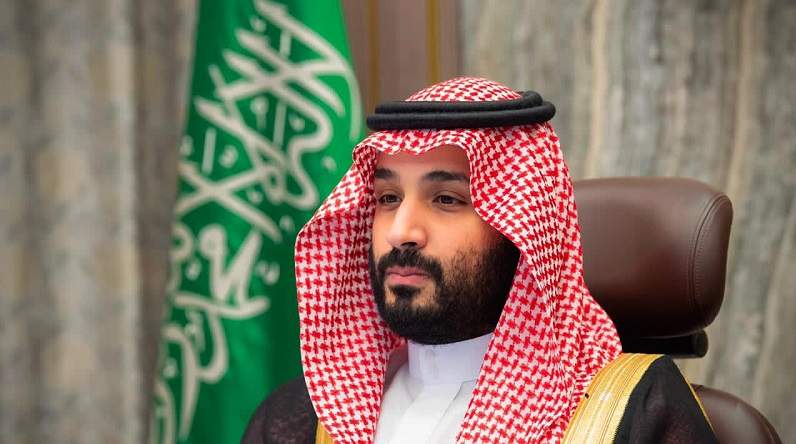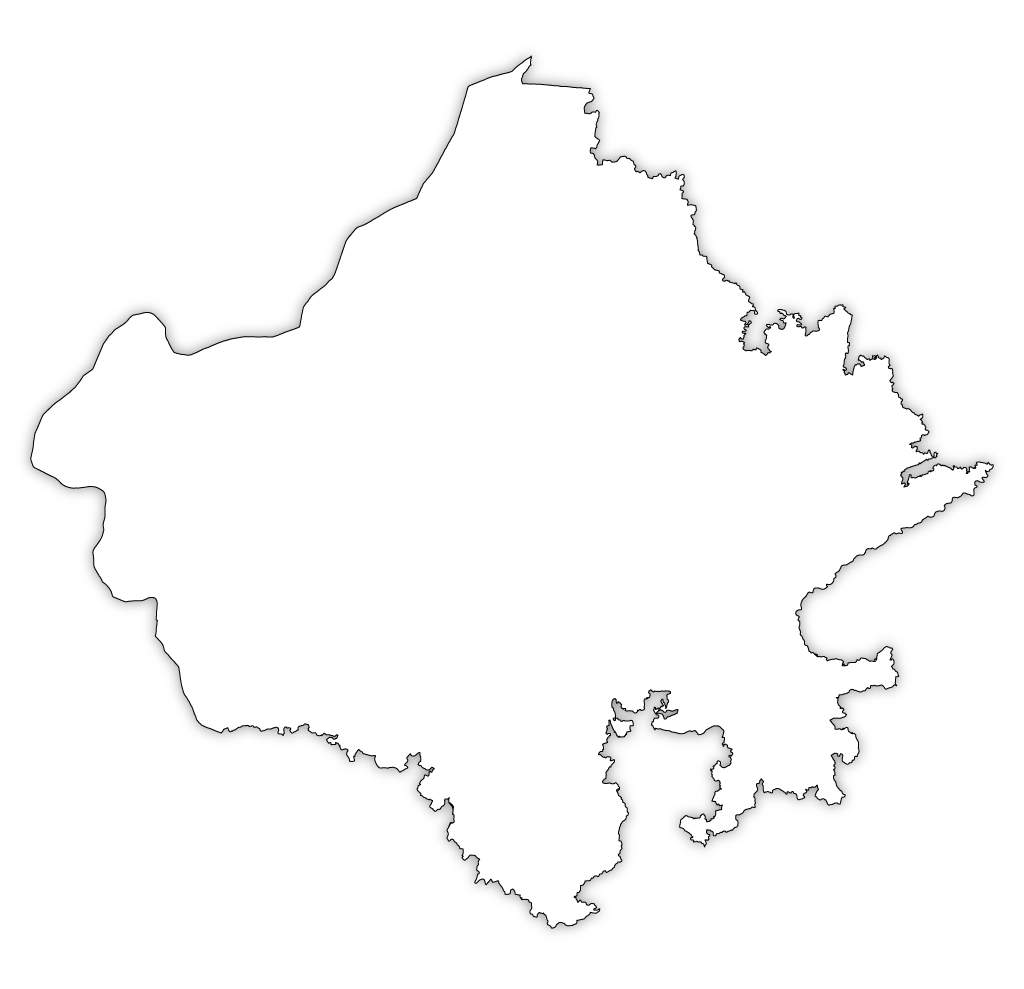The complex and diverse fight for independence from British colonial control is known as the Indian independence movement. It involved many leaders, groups and occasions over the course of several decades. Here is a timeline of some important moments of the Indian independence movement:
Powered by TOPICFLIX
Formation of the Indian National Congress (INC)
The INC was founded with the intention of giving educated Indians a larger share of the government. In the struggle for independence, it rose to prominence.
Partition of Bengal
The reorganization divided the predominantly Hindu western regions from the predominantly Muslim eastern regions. It was announced by the then Viceroy of India, Lord Curzon, on 20 July and was implemented on 16 October the same year. This was reversed only six years later.
formation of Muslim League
This is timeline description. Please click here to change this description.
Surat partition
The annual meeting of the Congress, which was held in Surat in 1907. The Surat session gave rise to two groups of revolutionaries within the Congress, “moderates” and “extremists”. There was now greater difference of perspective and interpretation between the moderates and extremists and as a result, the INC (Indian National Congress) split.
Morley-Minto Reform
The Indian Council Act, commonly known as the Morley-Minto Reforms, was introduced in 1909. This Act marked India’s first official recognition of the election system as a whole. Indians were given representation in the Governor General’s Executive Council for the first time, and members of the Central and Legislative Councils also received some limited rights.
Delhi Durbar
During the colonial era, there was a royal court in India called the Delhi Durbar. It was decorated to honor the coronation of the King or Queen of England. Three Delhi Durbars were held between 1877 and 1911, during the height of the British Empire. The only court in which Emperor George V himself attended was in 1911.
Mahatma Gandhi returns from South Africa
Mahatma Gandhi’s return to India in 1915 After completing his movement, Gandhiji left for his native India from Cape Town on July 19, 1914 and reached Mumbai on January 9, 1915, amid the sloganeering of a large gathering at Apollo Bunder.
Formation of Home Rule League
The Home Rule movement led by Bal Gangadhar Tilak and Annie Besant developed and spread throughout the Indian independence movement between 1916 and 1918. The Home Rule movement sought to grant India Home Rule under the British Empire or Dominion status similar to countries like Canada and Australia.
Muslim League-Congress Agreement: Lucknow Pact
The Indian National Congress and the Muslim League entered into the Lucknow Pact in 1916. It requested political reforms from the British and aimed to create harmony between Hindus and Muslims. This agreement established communal politics in India and had a major impact during the fight for independence.
Champaran Satyagraha
Mahatma Gandhi led the Satyagraha movement in Champaran in 1917, which was an important act of civil disobedience in India’s fight for independence. Its purpose was to address European planters’ exploitation of indigo growers in Champaran, Bihar. It was during this movement that Gandhi’s ‘Satyagraha’ approach was used successfully for the first time, and it became a major inspiration for subsequent independence movements.
Roulette Act
An Indian colonial law passed by the British in 1919 called the Roulette Act sought to regulate and control gambling, especially the game of roulette. It was a part of broader British initiatives in the early 20th century to reduce gambling in the area.
Jallianwala Bagh Massacre
In the horrific Jallianwala Bagh massacre that took place in Amritsar, India, on April 13, 1919, British troops, at the behest of General Dyer, opened fire on a crowd of unarmed Indians, killing hundreds and injuring countless others. This was a significant moment in the country’s history and had a significant impact on India’s fight for independence.
Montagu-Chelmsford Reforms
The Montagu-Chelmsford Reforms, a new governance reform act for British India, came into effect in 1919. He allowed Indians limited self-governance by expanding legislative councils and allowing participation of Indians in administration. However, most power remained in British hands, leading to stronger aspirations for independence.
Khilafat Movement
In 1919, a pan-Islamic political protest movement called the Khilafat Movement was launched in British India. The Caliphate in Turkey had to be defended, and the British government had to be influenced. It was started under the direction of Muslim leaders like Mohammad Ali and Shaukat Ali, which later became an important part of Gandhiji’s non-cooperation movement in the form of Muslim unity.
Non-Cooperation Movement
Mahatma Gandhi led the Non-Cooperation Movement, which sought Indian independence from British rule without resorting to violence, from 1920 to 1922. After the Chauri Chaura incident, where violent clashes took place between protesters and police, it was cancelled. An important phase in India’s quest for independence was highlighted by the movement.
Chauri-Chaura incident
The Chauri-Chaura incident took place on February 4, 1922, during the non-cooperation movement. Fighting between protesters and police resulted in a police station being set on fire and a police officer and some civilians being killed. Due to this violent incident, Mahatma Gandhi decided to end the movement. which was widely criticized
The appointment of the Simon Commission
The British Conservative government set up the Simon Commission in November 1927, also known as the Indian Statutory Commission, to investigate how the Indian legislation created by the Government of India Act of 1919 was being operated by politicians and Political parties strongly opposed and boycotted it because it was composed entirely of British members.
Arrival of Simon Commission in India
In 1928, the Simon Commission visited India to evaluate and make suggestions for constitutional changes. But since it was composed exclusively of British people and had no Indian members, it came under sharp criticism. This was seen as an insult to Indian aspirations of self-rule and led to massive protests and chants of “Simon, go back”.
Bomb blast in Assembly by Bhagat Singh and Dutt
Bhagat Singh and Batukeshwar Dutt detonated a bomb inside the Central Legislative Assembly in Delhi on April 8, 1929, in protest against British rule, as they were hurrying out of the visitors’ gallery. The explosion filled the hall with smoke and chants of “Inquilab Zindabad!” (“Long live the Revolution!”) and threw leaflets everywhere.
Congress demands complete independence
At its Lahore session in 1929, the Indian National Congress under the leadership of Jawaharlal Nehru adopted a historic resolution calling for “Complete Swaraj” or complete independence from British colonial control. This resulted in a profound change in the objectives of the Congress, which intensified the fight for India’s independence from British rule.
Civil disobedience movement
Mahatma Gandhi started the Civil Disobedience Movement in 1930 as a non-violent response to British colonial rule in India. To demand independence, Indians participated in acts of civil disobedience, boycotting British products and refusing to pay taxes. This was an important time in India’s freedom struggle.
Salt March (Dandi March)
Mahatma Gandhi led a nonviolent demonstration in 1930 known as the Salt March, often referred to as the Dandi March or Salt Satyagraha. It involved a 387-kilometre, 24-day march from Sabarmati Ashram to Dandi in protest against the British salt monopoly and tariffs. This march was a major catalyst for civil disobedience and made a significant contribution to the campaign for Indian independence.
First Round Table Conference
The first Round Table Conference, held from November 1930 to January 1931, was a peace conference organized by the British government to discuss constitutional reforms in India. However, the Indian National Congress boycotted the conference due to the ongoing Civil Disobedience Movement led by Mahatma Gandhi.
Second Round Table Conference
London hosted the Second Round Table Conference from 7 September to 1 December 1931. Mahatma Gandhi participated in it on behalf of the Indian National Congress. The purpose of the meeting was to debate constitutional amendments for India, but significant progress was not made due to differences between the parties involved.
Third Round Table Conference
The third Round Table Conference was held in London in 1932. Its purpose was to talk about the constitutional reforms of India. However, the Indian National Congress stayed away from the conference on issues of representation. The meeting largely did not resolve the disputes between the British government and Indian leaders.
Declaration of communal electoral system
The Communal Award, which established a separate electoral system for several communities in India, including Muslims, Sikhs, Christians, Anglo-Indians and Dalits (Scheduled Castes), was adopted by the British administration after the Round Table in 1932. conference. Mahatma Gandhi and the Indian National Congress were extremely upset and opposed this option.
Poona Pact
On September 24, 1932, Hindu leaders and Dalit (low caste) leaders in India signed a document known as the Poona Pact. It was a product of the British government’s Communal Award, which sought to distribute seats in the Indian parliament to various communities. Dalits received greater privileges under the accord, and their participation in legislatures grew. Leaders like Bhimrao Ramji Ambedkar supported the idea of a separate electorate for Dalits, whilst Mahatma Gandhi opposed it. The political and constitutional history of India was significantly impacted by the Poona Pact.
The Government of India Act, 1935
A fundamental constitutional change was implemented by the British Administration in 1935 with the Administration of India Act. It established a bicameral legislature and introduced a federal system in India, giving a certain amount of autonomy to the provinces. But it also continued British rule over important areas such as defense and diplomacy. This Act laid the framework for future constitutional reform in India.
The 1937 Elections
In accordance with the Government of India Act of 1935, elections were held in British India in 1937. Bombay, Madras and Bihar were among the seven provinces where the Indian National Congress won. However, they were unable to establish governments in Assam, Bengal, Punjab or Sindh. Additionally, the All India Muslim League was unable to capture any province.
Quit India Movement
Mahatma Gandhi launched the non-violent Quit India Movement on August 8, 1942, with the intention of overthrowing British rule in India. Indians were urged to “do or die” as the movement increasingly sought independence. The movement encouraged large-scale civil disobedience and contributed significantly to India’s fight for independence despite the imprisonment of Congress leaders.
Arrival of Cripps Mission
To garner Indian support for the British war effort during World War II, the Cripps Mission came to India in March 1942. The campaign, headed by Sir Stafford Cripps, sought to garner support from Mahatma Gandhi and other influential political figures in India. The delegation suggested granting Dominion status to India and forming a committee to draft a constitution after the war.
Establishment of Azad Hind Fauj
Subhash Chandra Bose founded the Azad Hind Fauj, commonly known as the Indian National Army (INA), in 1942. During World War II, it worked with the Japanese to liberate India from British domination. The INA tried to invade India and fought with the Japanese in Burma, but was ultimately defeated.
Arrival of Cabinet Mission
On March 24, 1946, the Cabinet Mission flew to India with the mission of resolving the constitutional impasse between the Indian National Congress and the Muslim League. It outlined a strategy for a unified India with a federal structure and substantial autonomy for Muslim majority areas.
Formation of the Indian Constituent Assembly
On the basis of the Cabinet Mission Plan, the Constituent Assembly of India was established in 1946. Officials of the provincial legislative assemblies were elected among its members. The Constitution of India, which came into force on January 26, 1950, was drafted and adopted with significant input from the Assembly.
Formation of interim government
The Interim Government of India, also known as the Provisional Government of India, was formed on September 2, 1946 by the newly elected Constituent Assembly. It served as a transitional administration until India’s independence in 1947 and played an important role in the process of transfer of power from British rule to Indian leadership.
Partition of India Mountbatten Plan
The announcement of the Mountbatten Plan on June 3, 1947 defined the partition of British India into the nations of India and Pakistan. Unlike other provinces, the division of Punjab and Bengal was to be done according to the votes of their respective Legislative Assemblies. This plan resulted in the independence of Pakistan and India on August 15, 1947.
Attainment of Indian Independence
On August 15, 1947, India became free from British colonial rule. The Indian independence struggle, which included numerous demonstrations, movements and leaders such as Mahatma Gandhi, was important in achieving independence. As a result of this partition, India was divided into two independent countries.

About the Author
Manish love to write and he is a Civil Servant. Users can follow Manish on Instagram 
क्यों खतरें में है पैंगोलिन का अस्तित्व ? [ About pangolins ]
पैंगोलिन ( about pangolins) ऐसा जानवर है जिसकी दुनिया में सबसे अधिक तस्करी होती है।…
माइकल फैराडे का जीवन और आविष्कार
अंग्रेजी भौतिक विज्ञानी और रसायनज्ञ माइकल फैराडे (1791-1867) को व्यापक रूप से इतिहास के सबसे…
अफ्रीका का बँटवारा और उपनिवेशवाद (Colonialism in Africa)[PART-I]
अफ्रीका का बँटवारा और अफ्रीका में उपनिवेशवाद (Colonialism in Africa) कहानी लालच और मानव भेदभाव…
Rao Chandra Sen of Marwar (1562-81)
Emperor Rao Chandra Sen of Marwar ruled with glory from 1562 to 1581. His steadfast…
What is Asian discount ?
In response to changes in emerging global energy dynamics, Saudi Arabia, the world’s second largest…
राजस्थान का एकीकरण (Unification of Rajasthan)
राजस्थान के इतिहास के सबसे महत्वपूर्ण अध्यायों में से एक विभिन्न रियासतों का एकीकरण है…


